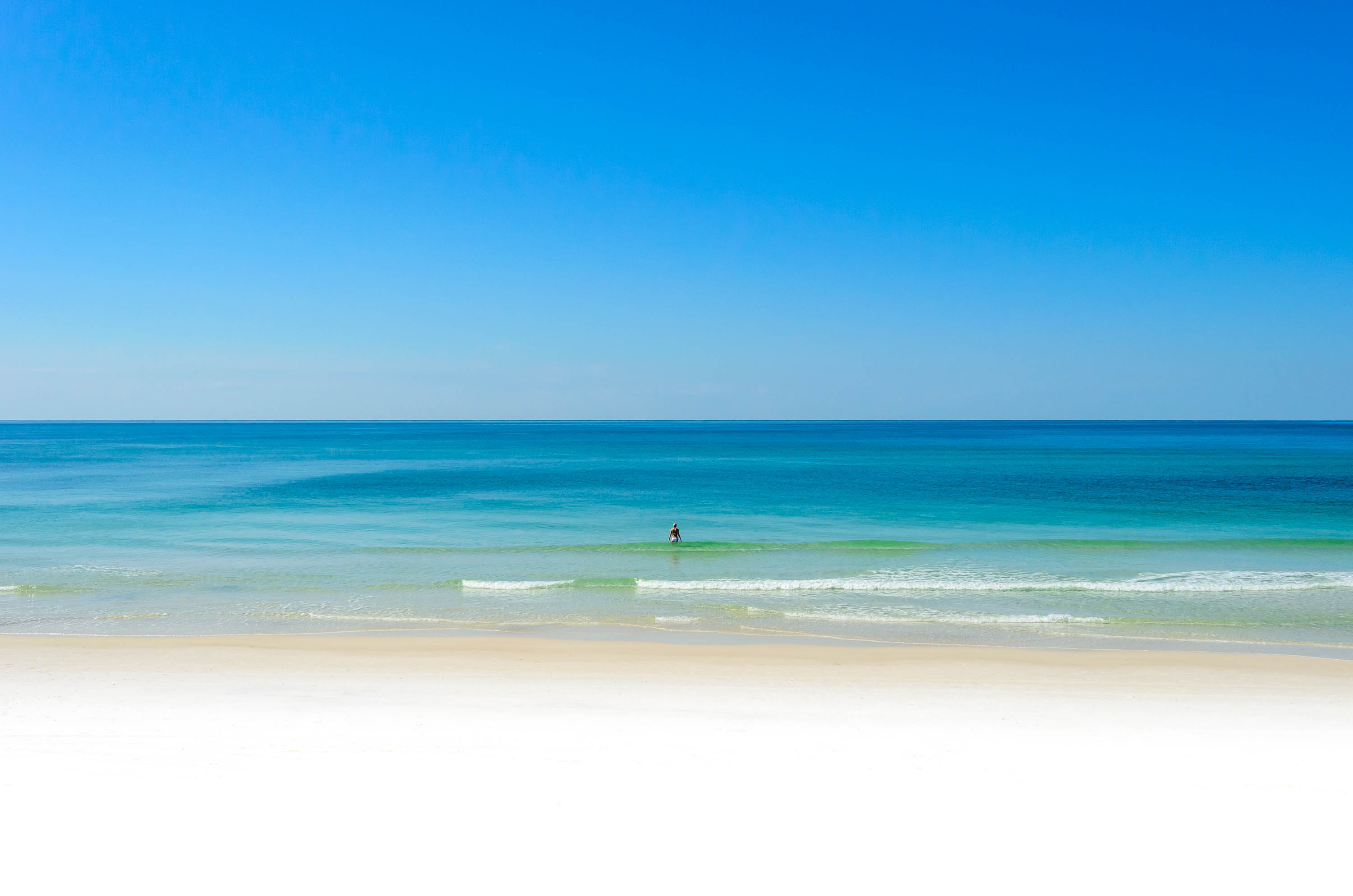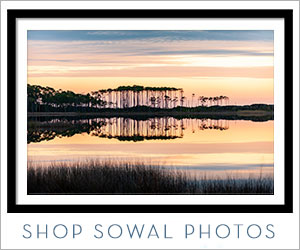Interesting read from last week's CSM ... it doesn't say anything about bird populations hanging around farms that are well offshore. Hmm.
Yellow light for a 'green' energy source
By Mark Clayton | Staff writer of The Christian Science Monitor
Soaring on the wings of new wind-turbine technology, tax breaks, and rising fossil fuel costs, the US wind-power growth picture looks great - except to Edward Arnett, a wildlife biologist who sees a dead bat in it - many thousands of dead bats, actually.
Swatted by wind-turbine blades perhaps 300 feet long and traveling up to 200 miles per hour at the tips, bats in some US regions may be killed by wind farms in greater numbers than previously thought, his industry-funded research shows.
Dead bats are just one of a growing list of concerns that threaten to tarnish wind power's reputation as one of the nation's most promising renewable energy sources. Concerns over the potential impact on migratory songbirds, aesthetic issues like the "shutter effect" of flickering turbine blade shadows, and "view shed" damage from turbines on scenic skylines are growing, observers say.
The nation's first offshore wind farm looks as though it could be blown away. An amendment to a US Coast Guard reauthorization bill, which may be taken up in Congress this week, would ban the big turbines within 1.5 nautical miles of shipping and ferry lanes. Amendment supporters say the turbines are a shipping hazard. Supporters say the real concern is that rich folk on the island of Martha's Vineyard don't want ocean views disrupted.
A nest of other problems that may seem small today could hatch into much bigger ones. Consider the many bird lovers in the United States. How happy would they be if wind turbines killed songbirds?
Birds killed by turbines are now only a tiny fraction of the hundreds of millions killed in collisions with skyscrapers, and by house cats. Yet the wind, wildlife, and aesthetics clash could intensify. The US wind power market is expected to grow by 40 percent this year, according to Emerging Energy Research, a Cambridge, Mass., research firm. The 3,400 megawatts of new capacity could power between 816,000 and 1,020,000 US homes, based on American Wind Energy Association estimates.
"It is now recognized that wind power facilities can have adverse impacts - particularly on wildlife, and most significantly on birds and bats," the General Accountability Office (GAO) reported in September.
Mr. Arnett, a research biologist with Bat Conservation International in Austin, Texas, coordinates an industry-funded research effort. "There's no question the industry will face some tough choices in order to maintain the 'green' image of wind energy," he says.
Where to put wind farms is a big one. As wind farms sprout from the Appalachian Mountains to coastal waters to the vast expanse of North Dakota, signs of resistance are also appearing. A threat to scenic vistas may have undone the Cape Wind project in Massachusetts, but a sterner concern, a lawsuit citing adverse impact on migratory birds, has hit a proposed Virginia wind farm.
Industry officials say such concerns are misplaced, since other forms of power generation do far more harm to the environment. Little is known about bat and bird mortality from wind turbines, they say, and industry studies should help stanch the problem. "We have a better understanding of the nature of the risk today," says Randall Swisher, executive director of the American Wind Energy Association in Washington, D.C. "We're working with turbine manufacturers and developers to learn how to minimize the risk and ensure that, as we build, we're not unduly harming birds and other wildlife."
The same GAO report that cites birds and bat problems concludes ambiguously that, "it does not appear that wind power is responsible for a significant number of bird deaths."
Wind generation has long been one of the great green hopes for pollution-free power. Current wind-generation capacity in the US is about 9,000 megawatts. The industry target is 100,000 megawatts by 2020, according to the National Renewable Energy Laboratory in Golden, Colo.
Cheering wind power from the sidelines are a number of environmental groups, including the World Watch Institute and the Audubon Society. Audubon sees traditional power plants as a larger threat than wind turbines.
"We support renewable energy, including wind power," an Audubon spokesman wrote in an e-mail statement. "Renewable energy has a lower overall impact."
National Wind Watch (NWW), organized last year, is skeptical - and vocal. Though it represents only 1,000 activists, mostly in the Northeast, its ranks are growing.
"Unlike other forms of electricity generation, there's very little in the way of regulation to oversee and ensure that the environment is not being harmed," says Lisa Linowes, an NWW spokeswoman. "So little reporting is required, that we don't know the harm being done."
She points to Europe, where wind farms are far more common. Recent reports of eagle and other bird kills are big news in Germany and the United Kingdom, she says. Siting of facilities seems to have been a problem there, as in some US areas like Altamont, Calif., where wind turbines are notorious for killing large raptors.
Wind advocates say a lot has been learned since Altamont about density and siting of wind turbines. Siting remains critical, and Audubon tempers its support by saying reviewing agencies must "conduct a detailed assessment of potential impacts on wildlife."
New wind farms proposed for certain ridge lines in the Appalachian mountains in Virginia could, for instance, chop at already declining populations of migratory songbirds that tend to fly far lower - under 400 feet - than sea birds and raptors, scientists say.
"We could see tens of thousands of birds moving down this range that would be in the hitting range of these turbines," says Mitchell Byrd, professor emeritus of ornithology at the College of William and Mary in Williamsburg, Va., commenting on a proposed development for Highland County, Va. "People say other things kill more birds than turbines. But if someone slaps you five times, it still hurts the sixth time."
The problem is even worse for bats, who seem attracted to turbines, says Arnett. In 2003, he studied bat mortality at a 44-turbine facility in West Virginia owned by FPL Energy of Juno Beach, Fla.
What he and his colleagues found was a shock. In a six-week period, the 44 turbines killed an estimated 1,364 to 1,980 bats - 38 per turbine, according to their study, released last spring. If West Virginia were to build the more than 400 wind turbines currently permitted, research suggests up to 14,500 bats could be killed in a six-week migratory period alone, Arnett says.
There are signs the wind-energy industry is responding. In January, FPL, the nation's largest wind-power utility, announced funding for several new bat conservation efforts. "We're not trying to say wind turbines don't have an impact [on wildlife]," says Steve Stengel, an FPL spokesman. "But if you look at all forms of power generation and compare them, wind stacks up very well."
Bat advocates, too, expect a solution can be found.
"I don't see wind energy and bat conservation as incompatible goals," says Arnett. "This is within our control to alleviate. We just haven't put enough money into solving it."













